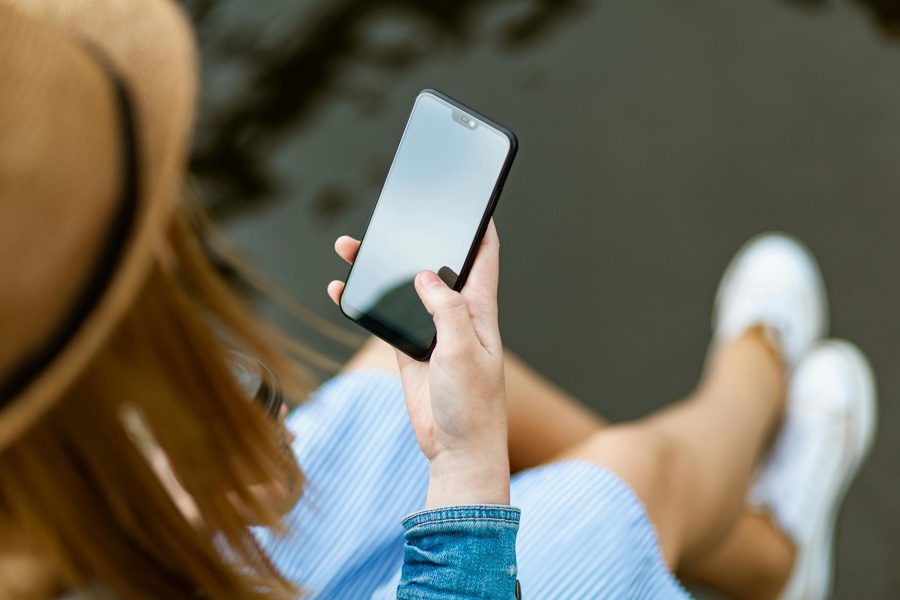If you’ve recently upgraded to a new Android phone, one of the first things you’ll want to do is restore all your important data, apps, and settings from your old device. Luckily, if you’ve been backing up your Android phone to Google Drive, restoring everything to your new device is a quick and easy process. In this article, we’ll walk you through the steps to restore your Android phone from a Google Drive backup.
Why Back Up Your Android Phone to Google Drive?
Before we dive into the restoration process, let’s talk about why backing up your Android phone to Google Drive is so important. Your phone likely contains a treasure trove of important data – contacts, photos, videos, text messages, apps, and more. If your phone is ever lost, stolen, or damaged, having a recent backup means you won’t lose all that precious information.
Backing up to Google Drive is automatic and happens wirelessly whenever your phone is connected to Wi-Fi and plugged in to charge. It’s a seamless, set-it-and-forget-it process. And best of all, it’s free with your Google account (up to 15GB of storage).
Steps to Restore Your Android Phone from Google Drive
Now, let’s get into the nitty gritty of how to actually restore your new Android phone from your Google Drive backup. The process is pretty straightforward:
Step 1: Start Up Your New Phone
Power on your new Android phone and go through the initial setup process. When you get to the screen that asks if you want to restore from a previous device, tap Next.
Step 2: Sign In to Your Google Account
On the next screen, enter the email address and password for the Google account you used to back up your old phone. If you have two-factor authentication enabled (and you should!), you’ll need to enter the code from your authenticator app as well.
Step 3: Choose the Backup to Restore
After signing in, you’ll see a list of available backups from your Google account. Find the most recent backup of your old phone and tap on it to select it. Then tap Restore.
Step 4: Choose What to Restore
On the next screen, you can select exactly what data and apps you want to restore to your new phone. By default, everything will be selected. If there are certain things you don’t want to transfer over, just uncheck them. When you’re ready, tap Restore.
Step 5: Wait for the Restoration Process
Now sit back and relax while your phone restores all your data and apps from the Google Drive backup. This process can take anywhere from a few minutes to an hour or more, depending on how much data you have. Make sure your phone stays connected to Wi-Fi during this time.
Step 6: Set Up Your Restored Phone
Once the restoration is complete, your new phone will restart. When it powers back on, you’ll find all your contacts, photos, apps, and settings just as they were on your old device. You may need to log back into some apps, but otherwise your phone should be ready to go!
Tips for a Smooth Restoration
Here are a few tips to ensure your Google Drive restoration goes as smoothly as possible:
- Make sure your old phone is backed up before starting the restoration on your new phone. You can check when the last backup occurred in your Google Drive backup settings.
- Keep your phone plugged in and connected to Wi-Fi during the entire restoration process. Restoring from a backup can be battery- and data-intensive.
- Be patient! The restoration process can take a while, especially if you have a lot of data. Don’t keep tapping on your phone to check the progress, as this can sometimes interfere with the restoration.
Conclusion
Restoring your Android phone from a Google Drive backup is an easy way to get your new device set up with all your important data and settings. By regularly backing up your phone to Google Drive, you can have peace of mind knowing that even if something happens to your physical device, your information is safe in the cloud.
So take a few minutes to ensure your backup settings are enabled, and enjoy your shiny new Android phone!

Leave a Reply